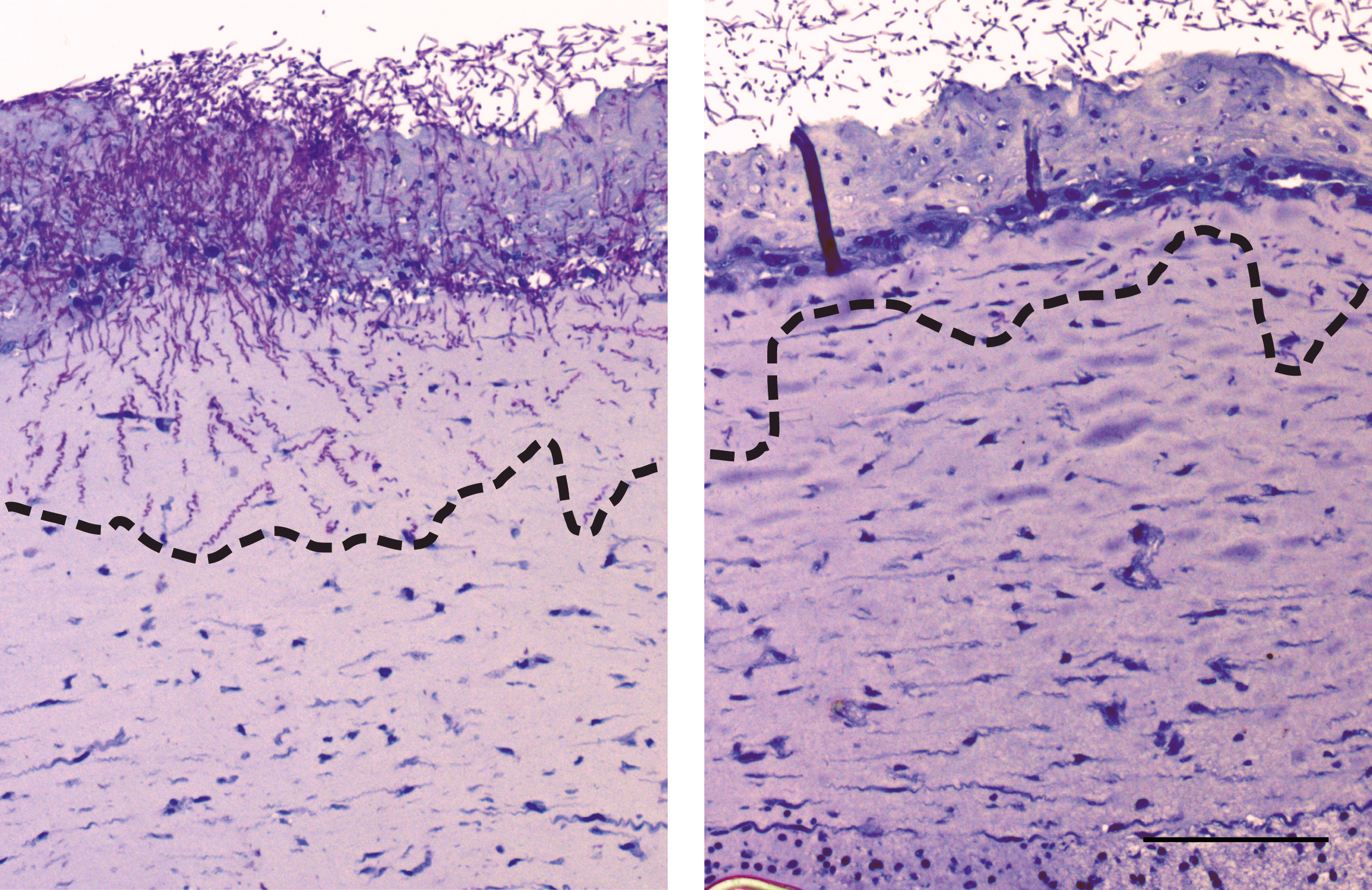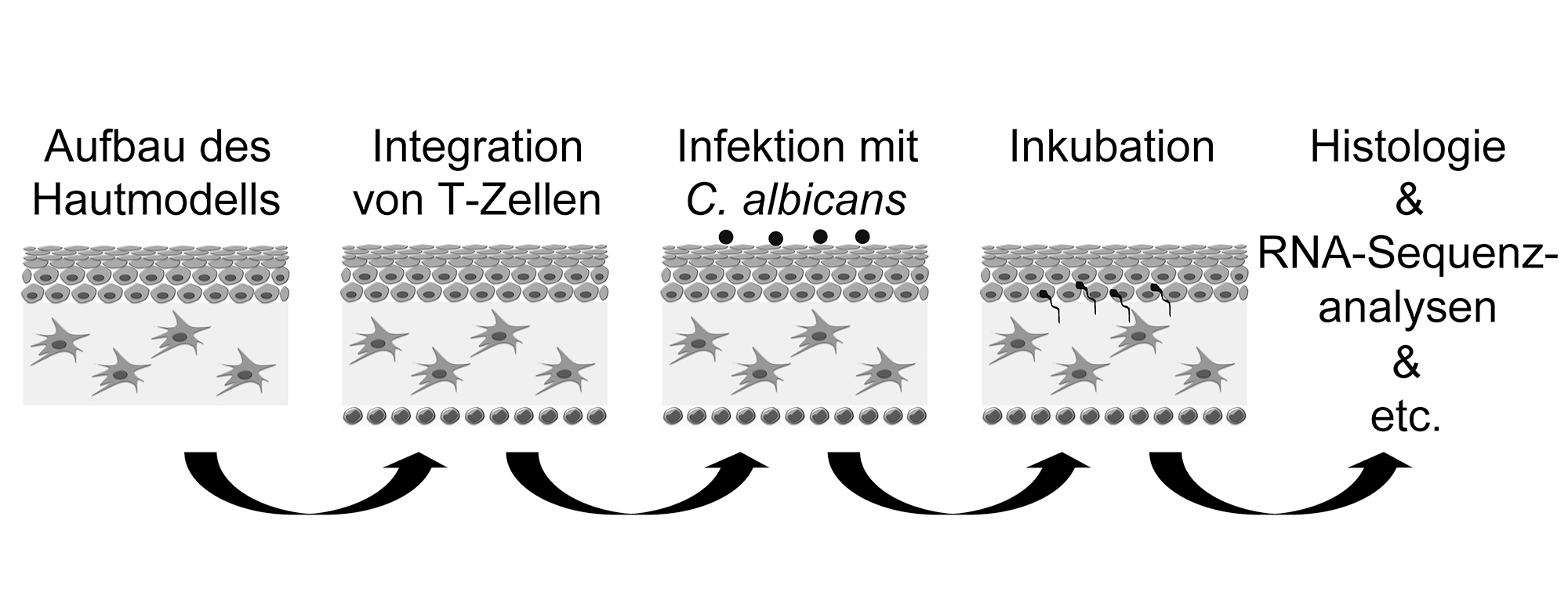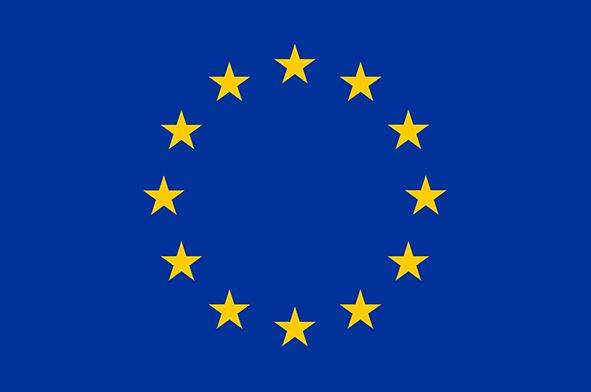The human skin forms an important barrier against microorganisms such as the human pathogenic fungal yeast Candida albicans. 3D tissue models offer significant advantages in the analysis of mechanisms of host-pathogen interactions, which are important during adhesion and invasion of the pathogen. They reflect the natural infection environment much better than classical 2D cell cultures.

 Fraunhofer Institute for Interfacial Engineering and Biotechnology IGB
Fraunhofer Institute for Interfacial Engineering and Biotechnology IGB

